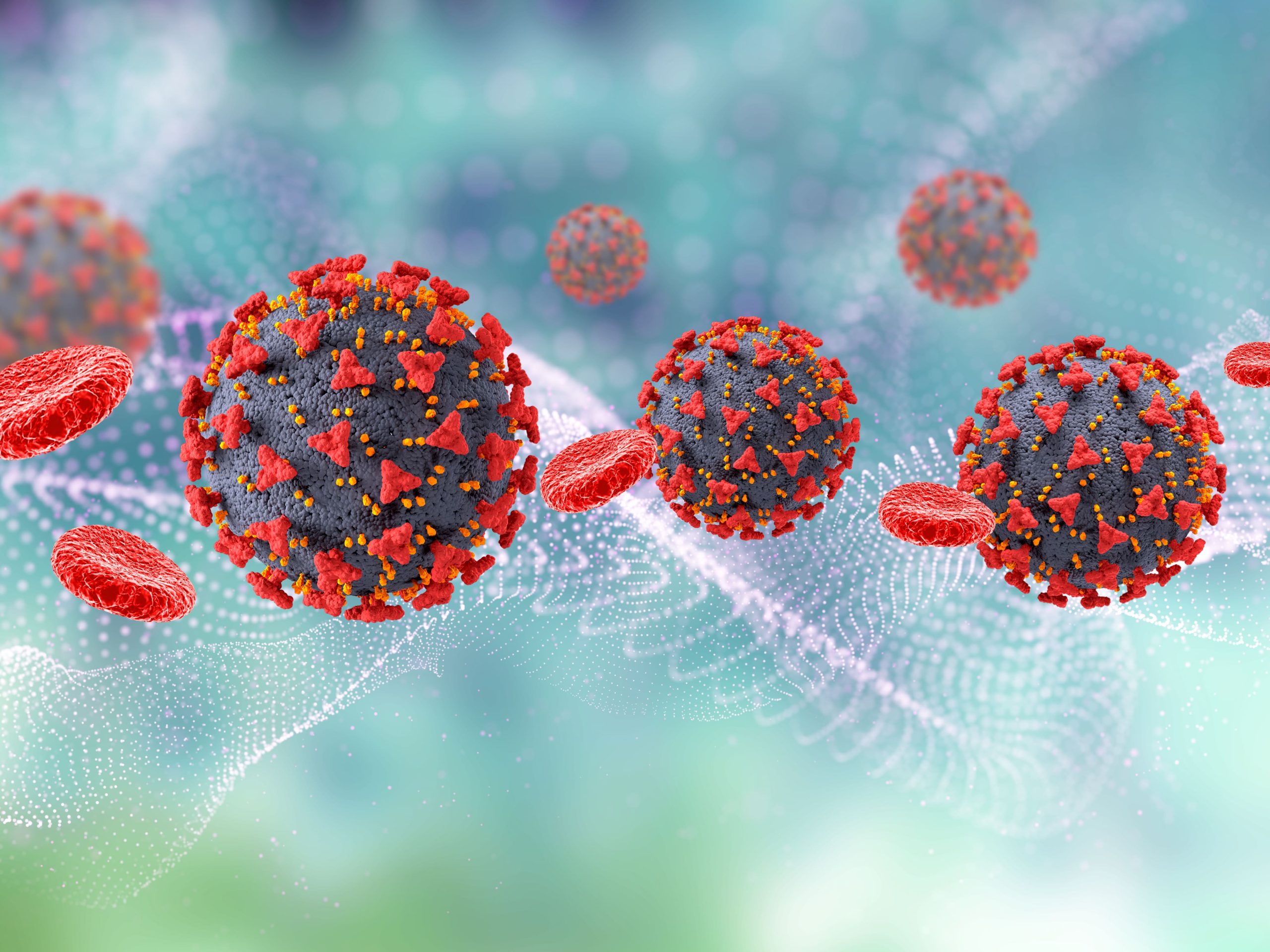KEY TAKEAWAYS
- The phase 2 study aimed to investigate the efficacy and safety of Durvalumab + T-DXd in overcoming immune resistance in NSCLC pts with HER2 mutant tumors.
- The primary endpoint was to determine the ORR.
- Researchers noticed promising antitumor activity and tolerability with Durvalumab+T-DXd in HER2 altered NSCLC post-ICI.
The HUDSON platform study (NCT03334617) investigated therapies for non-small cell lung cancer (NSCLC) patients (pts) progressing on immune checkpoint inhibitors (ICIs) to overcome post-ICI immune resistance. Treatment allocation is based on biomarkers or time (<24 vs. ≥ 24 weeks) before prior ICI progression.
Parneet Cheema and her team aimed to assess the efficacy and safety of this combination in overcoming immune resistance in NSCLC pts post-ICI. The objective was to evaluate the Durvalumab (anti-PD-L1) + trastuzumab deruxtecan(T-DXd) (anti-HER2 ADC) results in HER2-overexpressing or HER2-mutant tumors.
The study included advanced/metastatic NSCLC documented HER2 overexpression (HER2e) or activating mutations (HER2m) pts. Eligible participants, having progressed on prior ICI following platinum-based therapy, received intravenous durvalumab (1120 mg) and T-DXd (5.4 mg/kg) every 3 weeks until disease progression or unacceptable toxicity. According to RECIST 1.1 criteria, secondary endpoints included progression-free survival (PFS), overall survival (OS), and the frequency of adverse events (AEs).
From this analysis, 43 pts (HER2e n=23, HER2m n=20) initiated therapy between June 23, 2020, and September 16, 2021, displaying variations in demographic and disease characteristics at study entry. Notable differences included in HER2e and HER2m pts (sex, smoking status, extent of disease, and primary resistance to prior ICI with detailed characteristics available in the extended conference report).
The confirmed ORR was 26.1% (80% CI, 14.3–41.3) for HER2e pts and 35% (80% CI, 20.7–51.8) for HER2m pts. Median PFS stood at 2.8 months (80% CI, 2.2–5.5) for HER2e and 5.7 months (80% CI, 5.5–6.5) for HER2m. Median OS was 9.5 months (80% CI, 6.6–12.4) in the HER2e group and 10.6 months (80% CI, 8.9-NC) in the HER2m group. The median duration of follow-up in censored subjects was 16.5 months (range, 7.3–24.2) for HER2e pts and 17.1 months (range, 4.4–27.6) for HER2m pts.
Grade (G) ≥3 treatment-emergent AEs (TEAEs) occurred in 55% of all pts (61% HER2e, 50% HER2m). Pneumonitis, though non-fatal, was a prevalent G ≥3 AE, along with pulmonary embolism and anemia. Treatment-related pneumonitis, both all-grade and G≥3, affected 9.3% (8.7% of HER2e pts, 10% of HER2m pts) and 7% (8.7% of HER2e pts, 5% of HER2m pts) of all pts, respectively, with similar occurrences observed between HER2e and HER2m subgroups.
The study concluded that the Durvalumab+T-DXd combination demonstrated tolerability and exhibited antitumor activity in HER2 altered NSCLC within the post-ICI setting. A discernible trend toward a heightened response was noted in HER2 mutant (HER2m) pts. However, the overall conclusions are restricted by the study’s small sample size.
The study is sponsored by AstraZeneca
Source: https://jitc.bmj.com/content/11/Suppl_1/A787
Clinical Trial: https://clinicaltrials.gov/study/NCT03334617
Cheema P, Hartl S, Koczywas M, et al. (2023).”Efficacy and safety of trastuzumab deruxtecan (T-DXd) with durvalumab in patients with non-small cell lung cancer (HER2 altered NSCLC) who progressed on anti-PD1/PD-L1 therapy (HUDSON)”. Presented at SITC 2023 (Abstract 695).



